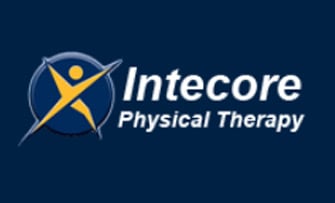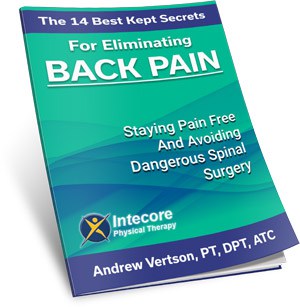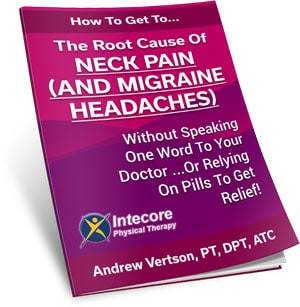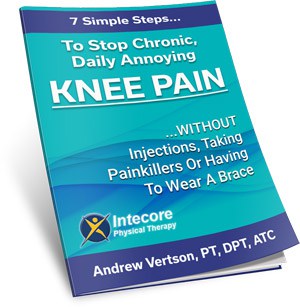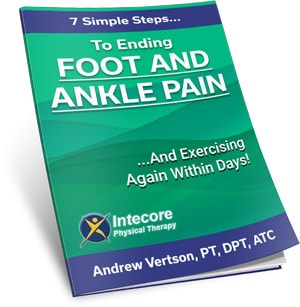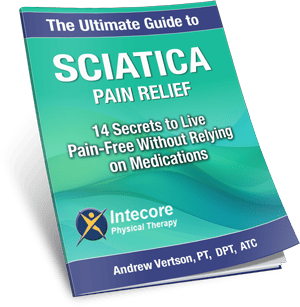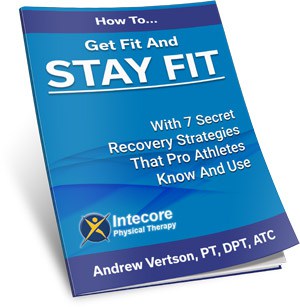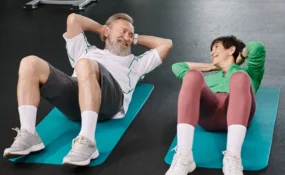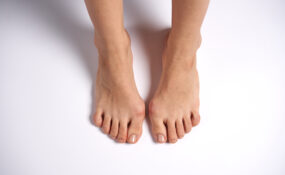
Back pain after a car accident can quickly become a burden on your daily life. The good news is that physical therapy offers a path toward relief. Through a combination of exercises, stretches, and manual techniques, a skilled physical therapist can strengthen your muscles, improve flexibility, and reduce inflammation.
Physical therapy goes beyond temporary comfort—it also helps prevent future episodes of back pain. Apart from alleviating nagging back pain, physical therapy sessions can address underlying issues that may have been worsened by the car crash, such as spinal misalignment and muscle imbalances.
Table of Contents
What Is Post-Car Accident Back Pain?
Car accidents can wreak havoc on your musculoskeletal system, leading to various injuries, especially in your back. The force of impact from a car accident can cause sudden jolts and twists, resulting in strains, sprains, and even herniated discs in the spine. These injuries can lead to acute or chronic back pain, depending on the severity of the damage.
Make sure you seek immediate medical attention after an accident. Early intervention can prevent further complications and lead to better recovery outcomes.
Benefits of Physical Therapy for Car Accident-Related Back Pain
Physical therapy offers numerous benefits for individuals experiencing back pain following a car accident. Here are some of the key advantages:
- Pain relief – Physical therapy techniques, such as manual therapy and targeted exercises, can alleviate pain by reducing inflammation, improving blood flow, and promoting tissue healing.
- Improved mobility – Back pain can restrict movement and limit daily activities. Physical therapy helps improve flexibility, joint range of motion, and overall mobility, enabling individuals to regain their independence.
- Strengthening and stability – Physical therapy focuses on strengthening the muscles surrounding the spine. Strengthening these muscles can reduce the risk of future injuries and enhance overall spinal health.
- Posture correction – Car accidents can often lead to poor posture, which can contribute to back pain. Physical therapists can assess posture and provide exercises and techniques to correct alignment and promote better spinal health.
- Preventing Chronic Issues – The impact of a car crash goes beyond immediate injuries. For instance, an accident-related neck injury in Orange County or any other location could lead to future complications like chronic neck pain, blurred vision, or movement difficulties if left untreated. Physical therapy can help minimize the risk of future health issues related to the accident.
Common Physical Therapy Techniques for Car Accident-Related Back Pain
Physical therapists utilize a range of techniques to address car accident-related back pain effectively. These techniques include:
- Manual therapy – Hands-on techniques, such as massage, joint mobilization, and spinal manipulation, are used to improve joint mobility, reduce pain, and enhance overall function.
- Therapeutic exercises – Certain exercises are prescribed to strengthen the muscles, improve flexibility, and enhance endurance. These exercises may include stretching, strengthening, and stabilization exercises tailored to the individual’s needs.
- Heat and cold therapy – The application of heat or cold can help reduce pain, inflammation, and muscle spasms. Physical therapists may use hot packs, cold packs, or a combination of both to provide relief.
- Electrical stimulation – Electrical stimulation techniques, such as TENS (transcutaneous electrical nerve stimulation), can be used to alleviate pain by blocking pain signals and promoting the release of endorphins.
- Ultrasound therapy – Ultrasound uses sound waves to provide deep heating to the tissues, promoting blood flow and accelerating the healing process.
- Traction – Traction involves gently stretching the spine to relieve pressure on the discs and nerves, reducing pain and promoting proper alignment.
Developing a Personalized Physical Therapy Plan for Back Pain Relief
Each individual’s journey to back pain relief is unique, and physical therapy treatment plans are tailored to address specific needs. A personalized plan typically includes the following steps:
- Initial evaluation – The physical therapist will assess the individual’s medical history, perform a physical examination, and review any diagnostic tests to determine the extent of the injury and identify contributing factors.
- Goal setting – The therapist and the individual will collaborate to establish realistic goals, such as pain reduction, improved mobility, and increased function.
- Treatment techniques – Based on the evaluation and goals, the therapist will develop a treatment plan incorporating various techniques, exercises, and modalities.
- Progress monitoring – Regular progress evaluations will be conducted to track improvements, modify the treatment plan if necessary, and ensure optimal outcomes.
It is crucial to communicate openly with your physical therapist throughout the treatment process to ensure the plan is effectively addressing your individual needs.
Home Exercises and Self-Care Techniques for Managing Back Pain
Your physical therapist may also recommend home exercises and self-care techniques to supplement in-clinic back pain management sessions. The following exercises and practices can be beneficial:
- Stretching exercises – Gentle stretching exercises can help improve flexibility, relieve muscle tension, and reduce pain. Focus on stretching the muscles of the back, hips, and legs.
- Strengthening exercises – Strengthening the core muscles, including the abdominal and back muscles, can provide stability and support for the spine. Perform exercises such as planks, bridges, and bird dogs under the guidance of your physical therapist.
- Posture awareness – Maintaining good posture throughout the day is essential for spinal health. Be mindful of your posture while sitting, standing, and lifting heavy objects.
- Ergonomics – Ensure that your workspace is ergonomically designed to reduce strain on the back. Adjust your chair, desk, and computer monitor to promote proper alignment.
- Heat or cold therapy – Applying a heating pad or ice pack to the affected area can provide temporary relief from pain and reduce inflammation. Use heat therapy for chronic pain and cold therapy for acute pain.
Remember to consult your physical therapist before starting any home exercises to ensure they are suitable for your specific condition.
Physical Therapy: Your Game Changer for Recovery
Don’t let back pain from a car accident hold you back any longer. Physical therapy offers a comprehensive and effective approach to easing back pain following a car accident. An individually tailored physical therapy plan can be a game-changer. Beyond restoring physical strength and agility, it helps build back confidence, getting you back to your daily routines sooner than you might think.
Take the first step towards a pain-free future by exploring the healing power of physical therapy. With the right physical therapist by your side, you can drive towards relief and reclaim control over your life after a car accident.
To find out more about how physical therapy can help you, click here to fill out a quick form and tell us what’s going on and our team will be in touch. Or, you can give us a call: (949) 569-5847
- 7 Ways to Get Rid of Tension Headaches Naturally - July 1, 2025
- Why Are My Feet Swollen? Common Causes Explained - June 2, 2025
- What Is Restless Leg Syndrome? Symptoms, Causes, and Relief Options - May 5, 2025



